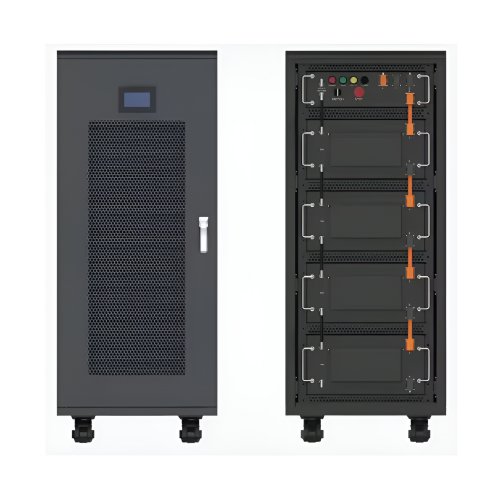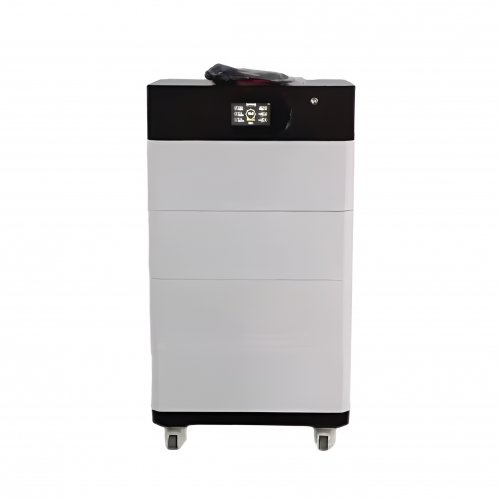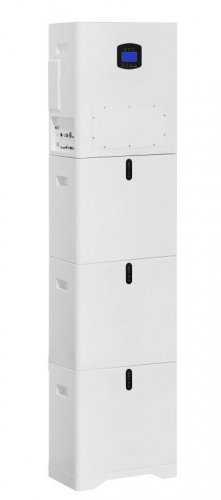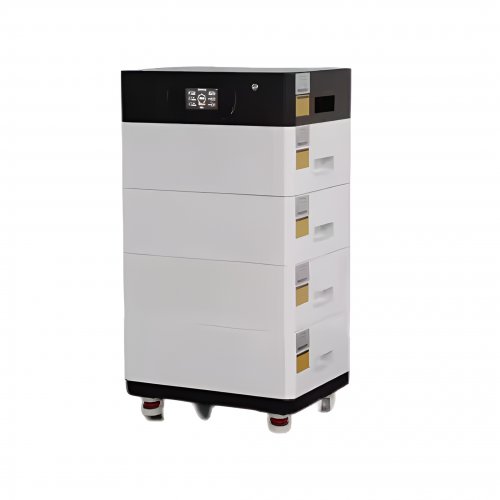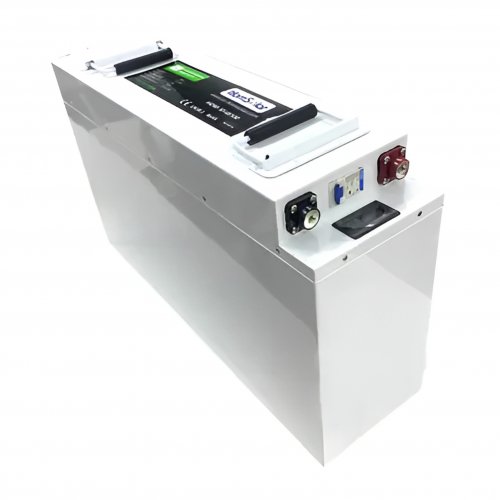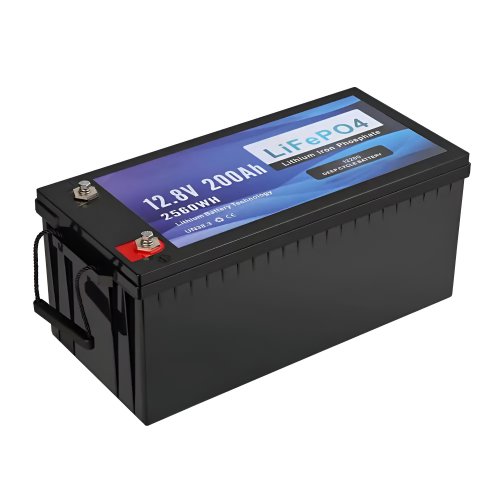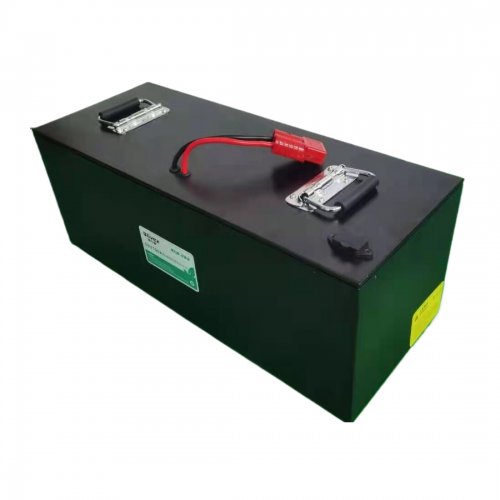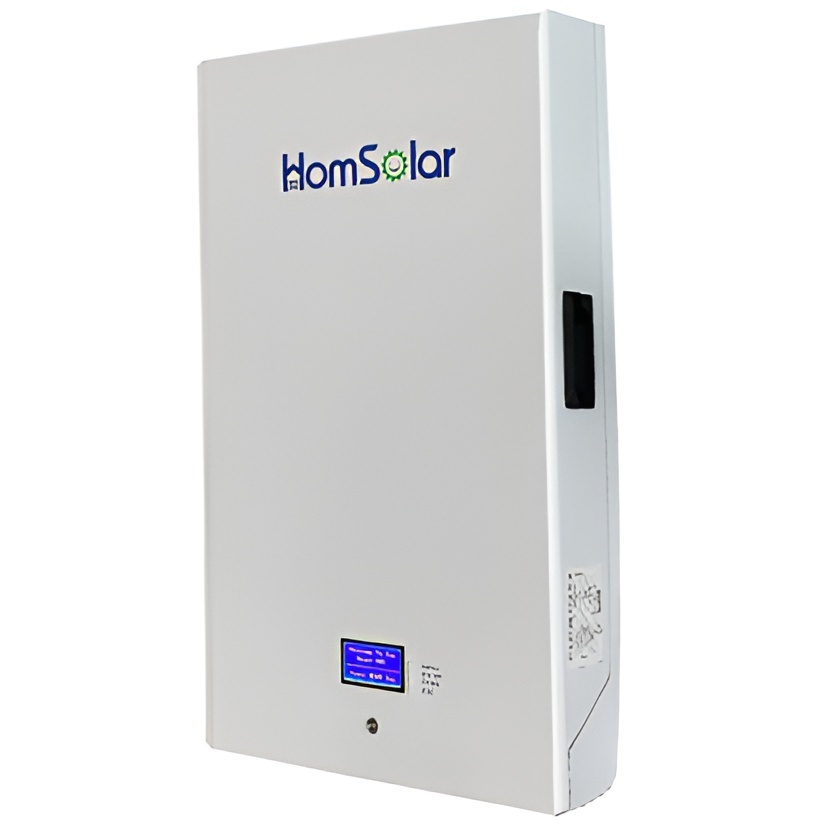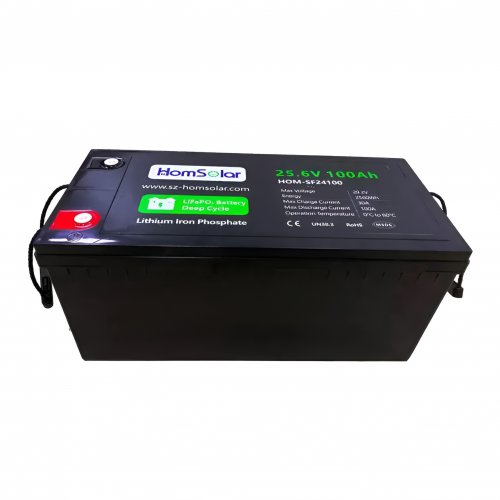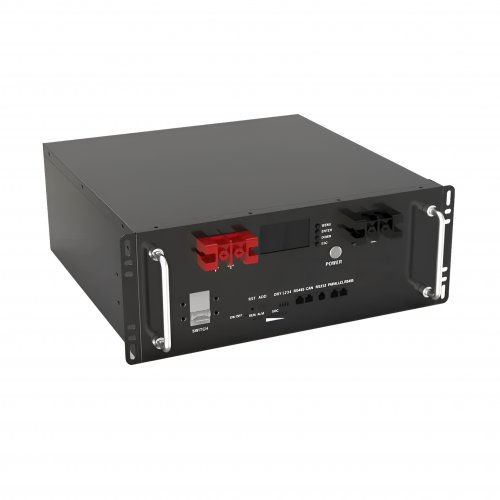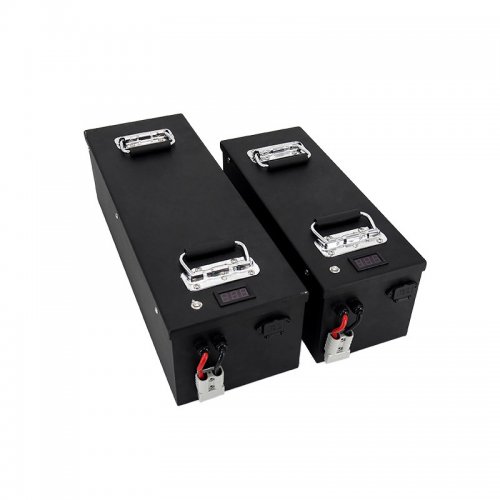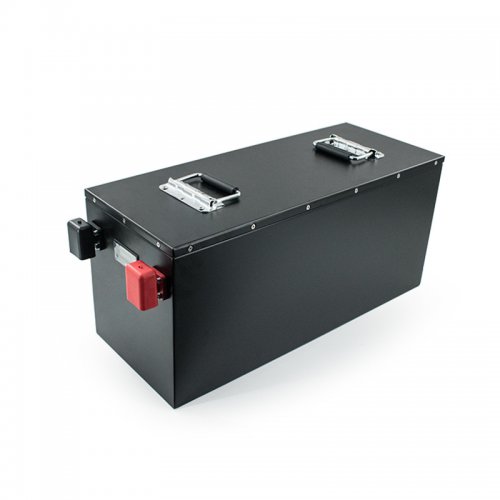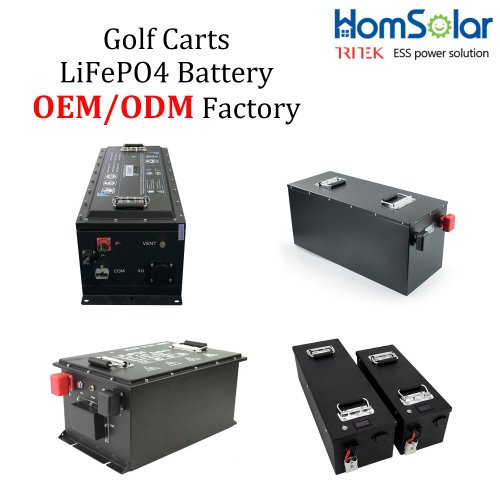Chinese institutes create new metrological traceability system for silicon, perovskite solar cells
China's Fujian Metrology Institute (FMI) and the National Photovoltaic Industry Measurement and Testing Center (NPVM) have created a metrological traceability system for solar cell technologies based on either silicon or perovskite materials.
The researchers explained that there are currently three methods for calibration and traceability of solar cells: The Physikalisch-Technische Bundesanstalt in Germany (PTB); the National Institute of Metrology in China (NIM); and the Industrial Technology Research Institute in Taiwan (ITRI).
The three methods are all based on differential spectral responsivity (DSR), which is a standard method to measure the spectral responsivity of photovoltaic detectors at a high-irradiance level. “The DSR calibration system of the PTB currently has an uncertainty of 0.56 % in measuring the short circuit current of the reference solar cells, and those of the NIM and the ITRI have uncertainties of 0.9 % and 0.7 %, respectively,” they specified.
The Chinese team established the new system by referring to the IEC 60904-4 standard, which sets the requirements for calibration procedures for the traceability of silicon solar cells, and the IEC 60904-2 standard, which sets the requirements for the classification, selection, packaging, marking, calibration and care of photovoltaic reference devices.
“We firstly developed a differential spectral responsivity (DSR) calibration system and the corresponding measurement method, then used this system to accomplish calibration transfer from the standard detector to the World Photovoltaic Scale (WPVS) solar cell serving as the primary reference, thereby building the measuring capability for primary reference solar cells,” they further explained.
The proposed DSR method can measure the absolute spectral responsivity of a WPVS solar cell under a white bias light of 1000 W/m2 in the range of its effective response wavelength. Then, it can compare these values with those of the reference solar spectral distribution AM1.5 according to the IEC 60904-3 standard, which describes basic measurement principles for determining the electrical output of PV devices, and calculate the calibration value of the WPVS solar cell.
The entire procedure is implemented by maintaining the temperature of the reference solar cell and the standard detectors at 25 C, using a white bias light that is adjustable in the irradiance range of 0.01-1.2 sun, and utilizing a uniform monochromatic light that is adjustable between 280 nm and 1200 nm.
The group also created equipment suitable for both silicon and perovskite cells and said this equipment allows to use solar simulators to evaluate cell performance by transferring data from WPVS PV devices to the secondary reference solar cells.
The calibration system consists of a monochromatic light system, a bias light system, a 3D motional measurement platform with temperature control, and an electrical measurement system.
The monochromatic light system is equipped with a xenon lamp, a halogen lamp, two monochromators with 3 gratings, a chopper, a filter wheel, and an optical lens module, while the bias light system uses a halogen lamp array and programmable DC power supply. Furthermore, the measurement platform consists of a 3D high-precision automatic displacement platform, a temperature-controlled platform, and a programmable high-precision temperature-controlled system. Finally, the electrical measurement system is based on two signal preamplifiers, two lock-in amplifiers, a high-precision digital multimeter with a multi-channel data acquisition device, and a data acquisition software.
“The developed calibration system participated in international comparison twice, demonstrating an uncertainty of 0.7% and realizing ‘international equivalence,' which is up to world-class level, the scientists affirmed.
The new system was introduced in the study “,” published in Measurements: Sensors.
Customized/OEM/ODM Service
HomSolar Supports Lifepo4 battery pack customization/OEM/ODM service, welcome to contact us and tell us your needs.


HomSolar: Your One-stop LiFePO4 Battery Pack & ESS Solution Manufacturer
Our line of LiFePO4 (LFP) batteries offer a solution to demanding applications that require a lighter weight, longer life, and higher capacity battery. Features include advanced battery management systems (BMS), Bluetooth® communication and active intelligent monitoring.

Customised Lithium Iron Phosphate Battery Casing
ABS plastic housing, aluminium housing, stainless steel housing and iron housing are available, and can also be designed and customised according to your needs.

HomSolar Smart BMS
Intelligent Battery Management System for HomSolar Energy Storage System. Bluetooth, temperature sensor, LCD display, CAN interface, UART interface also available.


Terminals & Plugs Can Be Customized
A wide range of terminals and plugs can be customised to suit the application needs of your battery products.

Well-designed Solutions for Energy Storage Systems
We will design the perfect energy storage system solution according to your needs, so that you can easily solve the specific industry applications of battery products.



About Our Battery Cells
Our energy storage system products use brand new grade A LiFePO4 cells with a battery lifespan of more than 4,000 charge/discharge cycles.



Applications in Different Industries
We supply customized & OEM battery pack, assemble cells with wiring, fuse and plastic cover, all the cell wires connected to PCB plug or built BMS.
Applications: E-bike, Electric Scooter, Golf Carts, RV, Electric Wheelchair, Electric Tools, Robot Cleaner, Robot Sweeper, Solar Energy Storage System, Emergency Light, Solar Power Light, Medical Equipment, UPS Backup Power Supply.
We can provide you with customized services. We have the ability to provide a vertical supply chain, from single cells to pack/module and to a complete power solution with BMS, etc.


HomSolar (Shenzhen) Technology Co., Ltd







